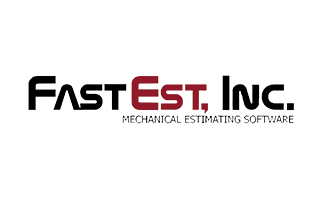
By / Erin O’Leary, Associate Attorney
Employer Solutions Law
Distressed small business looking for a fresh start have new options for reorganizing their business to eliminate bad debt and preserve favorable assets. Under the new Small Business Bankruptcy Reorganization Act (“SBRA”), eligible small businesses that might be considering closing their doors due to heavy debt obligations may be able to find a solution to keep their business operational.
Background
Traditionally, businesses that are unable to meet their financial obligation have had two options:
- Closing the doors and liquidating their assets through a Chapter 7 bankruptcy, or
- Pursuing a restructuring under the Chapter 11 bankruptcy ru
les with creditor and court appointed oversight.
Unfortunately, the complicated process, high fees, and restrictive oversight have made most Chapter 11 bankruptcies unsuccessful. In an effort to make bankruptcy reorganization available and successful for more small business, the SBRA was passed in August 2019 and became effective in February 2020. It creates a new option for smaller business that provides many of the same advantages of a Chapter 11 bankruptcy with a far more efficient and streamlined process. The new Subchapter V option is available to businesses with less than $2,725,625 in debt.
Advantages
Pause Button
Immediately upon filing a petition to reorganize your business, all creditor collection activity against your business automatically stops for at least 30 days. This gives the business owner a moment to pause, breath, and proactively plan for the future.
Creating a Plan
Under a SBRA Subchapter V reorganization, the business owner works with his or her attorney to create a plan for repaying the debt on the assets that the business needs. The repayment plan typically takes 3-5 years. This gives the owner an opportunity to take a good hard look at what is working and is not.
Discharge
At the end of the reorganization plan, the business receives a discharge of all excess debts that were not included in the repayment plan.
Eligibility
The SBRA is available to companies with debts less than $2,725,625. However, that number has temporarily been increased to $7,500,000 under the CARES Act in response to COVID-19. The increased cap is scheduled to expire on December 31, 2020 when the CARES Act expires.
The new Subchapter V under the SBRA is intended to address some of the barriers faced by otherwise viable small businesses by streamlining the process, removing hurdles, and reducing costs. For eligible companies, the SBRA provides a new option for stripping away unnecessary debts and assets while retaining control of the company, allowing the company to emerge reorganized and profitable.
Conclusion
Unprecedented economic impact from slow-downs and forced temporary closures has successful businesses considering whether they can continue operations. If your company has questions about whether they might find relief under the new Small Business Bankruptcy Reorganization Act, please reach out to attorney Erin O’Leary at (425)64. ■
Erin joined Employer Solutions Law in January of 2018 as an Associate Attorney. She brings with her a wide breadth of experience in commercial litigation, business law, and bankruptcy law. Because of her experience working in and with family owned businesses and closely held businesses, she understands the need to ensure that any recommended course of action must be both a good business decision as well as a sound legal strategy.



